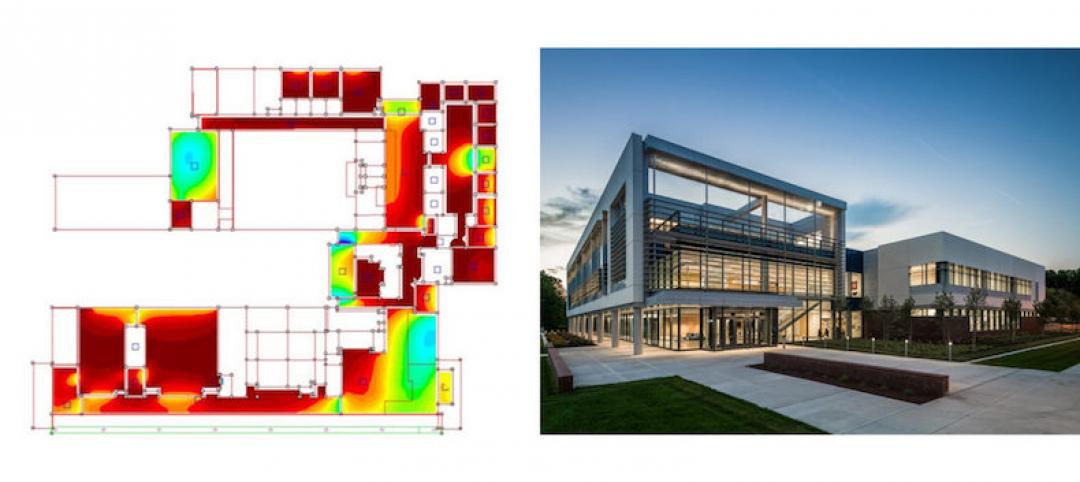JLG Architects has acquired Minneapolis, Minn.-based Studio Five Architects (SFA), one of the North Star State's oldest woman-owned architecture firms.
SFA was led by Linda McCracken-Hunt, FAIA. After 13 years at the University of Minnesota, and after serving as University Architect from 1991 to 1998, McCracken-Hunt became a partner at SFA in 1998. She will join JLG’s staff.
Founded in 1987, SFA has worked on numerous high-profile projects over the years, including the University of Minnesota Health Clinics and Surgery Center in Minneapolis, and the expansion to Regions Hospital in St. Paul. SFA also worked with HKS to design U.S. Bank Stadium, the Minnesota Vikings’ new NFL stadium in Minneapolis.
JLG has 10 offices across Minnesota, South Dakota, and North Dakota. The firm was founded in 1989, and it currently has more than 100 employees. JLG has an extensive portfolio, including aviation, healthcare, higher education, and sports facilities.
“It is JLG’s mix of innovative design excellence, their deep commitment to doing what’s right while staying on budget, and an unbeatable firm culture that makes this acquisition so ideal and ensures that we will continue to elevate our services for decades to come,” McCracken-Hunt said in a statement.
Related Stories
Multifamily Housing | Apr 26, 2017
Multifamily amenity trends: The latest in package delivery centers
Package delivery centers provide order and security for the mountains of parcels piling up at apartment and condominium communities.
Multifamily Housing | Apr 26, 2017
Huh? A subway car on the roof?
Chicago’s newest multifamily development features an iconic CTA car on its amenity deck.
High-rise Construction | Apr 26, 2017
Dubai’s newest building is a giant gilded picture frame
Despite currently being under construction, the building is the center of an ongoing lawsuit filed by the architect.
Architects | Apr 25, 2017
Two Mid-Atlantic design firms join forces
Quinn Evans Architects and Cho Benn Holback + Associates have similar portfolios with an emphasis on civic work.
BIM and Information Technology | Apr 24, 2017
Reconciling design energy models with real world results
Clark Nexsen’s Brian Turner explores the benefits and challenges of energy modeling and discusses how design firms can implement standards for the highest possible accuracy.
Higher Education | Apr 24, 2017
Small colleges face challenges — and opportunities
Moody’s Investor Service forecasts that closure rates for small institutions will triple in the coming years, and mergers will double.
Healthcare Facilities | Apr 24, 2017
Treating the whole person: Designing modern mental health facilities
Mental health issues no longer carry the stigma that they once did. Awareness campaigns and new research have helped bring our understanding of the brain—and how to design for its heath—into the 21st century.
Architects | Apr 20, 2017
Design as a business strategy: Tapping data is easier than you think
We have been preaching “good design matters” for a long time, demonstrating the connection between the physical environment and employee satisfaction, individual and team performance, and an evolving organizational culture.
Architects | Apr 20, 2017
‘Gateways to Chinatown’ project seeks the creation of a new neighborhood landmark for NYC’s Chinatown
The winning team will have $900,000 to design and implement their proposal.

















